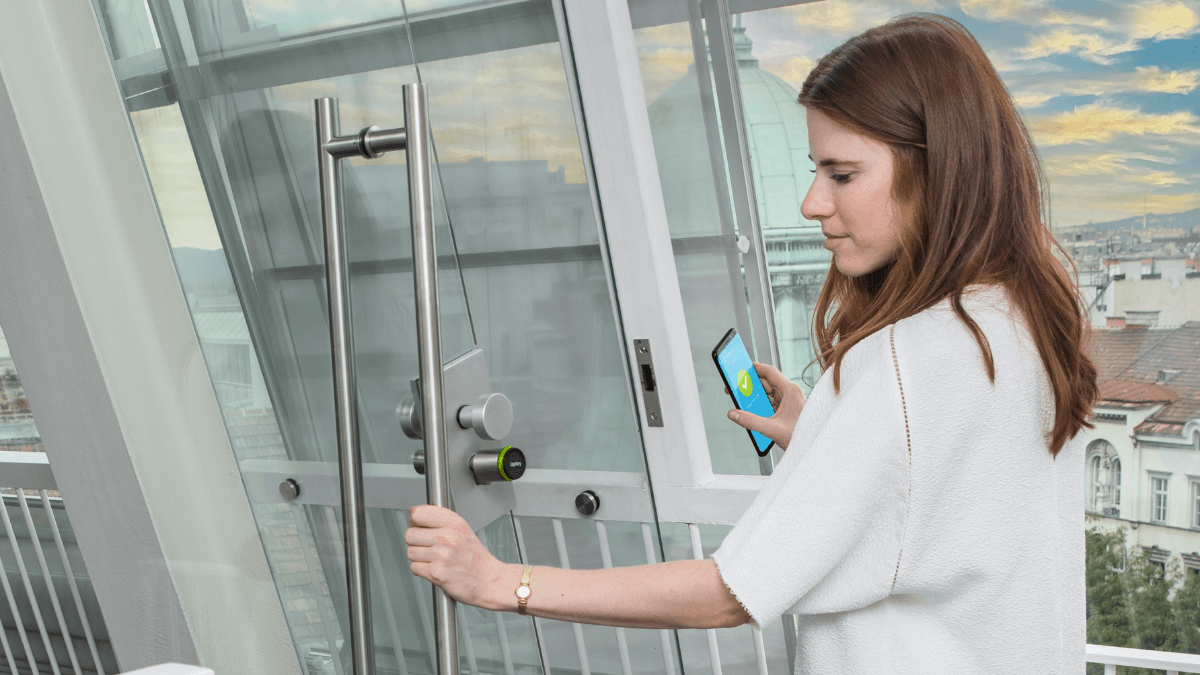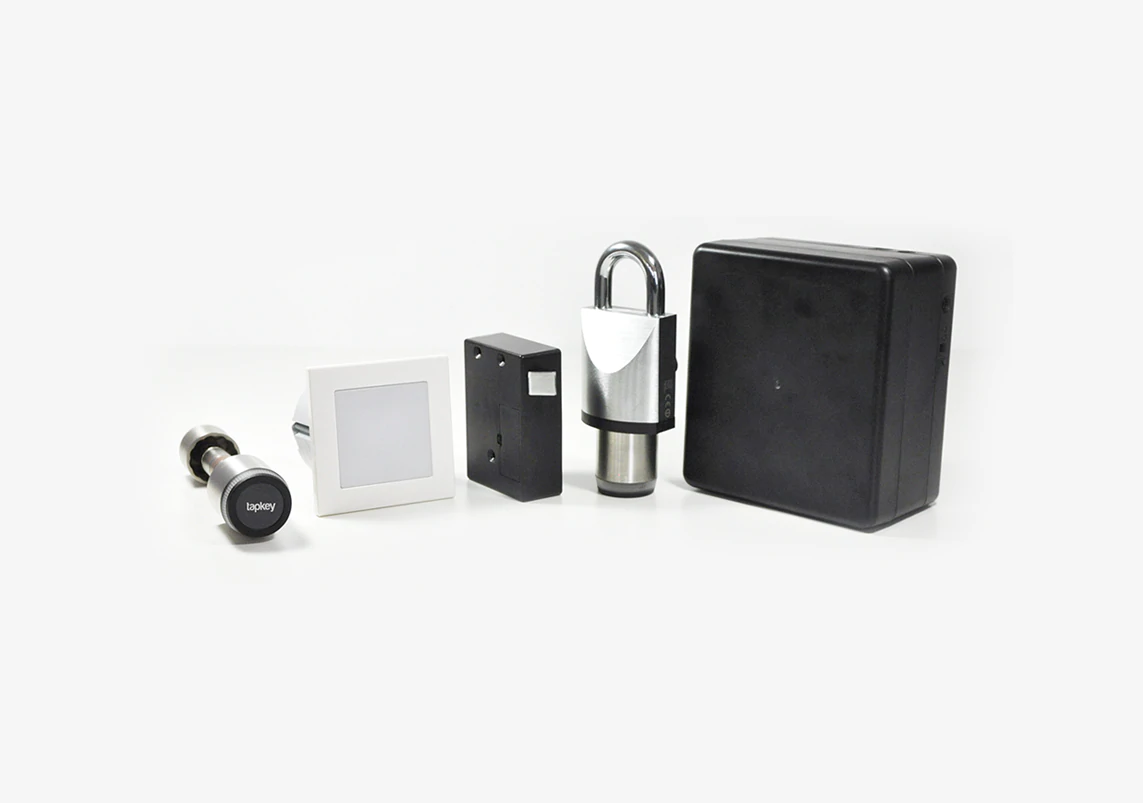Every industry has its lingo. Access control and physical security is no exception. API? SDK? Then there’s ACaaS. The acronym has been around for a few years and it means “Access Control as a Service”. Just think of the popular concept of Software as a Service (SaaS), where customers pay to use software for a fixed period—but replace the software element with access control and you get the idea.
Benefits of ACaaS
We’ve seen this model in other security areas too, e.g. Video as a Service (VaaS) for surveillance. ACaaS stands for Access Control as a Service and applies Software as a Service technology. While all the access control hardware remains onsite, software and servers are removed from a company’s premises and are stored at powerful data-centers. Tapkey’s highly scalable cloud infrastructure is for example hosted in European data centers with high security standards.
Compared to traditional or on-premise access control systems, Access Control as a Service has a number of advantages. What does that mean for end users? At least five things:
- Minimal upfront costs: ACaaS is considerably cheaper than legacy access control.
- Lower maintenance costs
- Accessibility: Smartphone and desktop apps that can be accessed from anywhere, anytime.
- Remote support and assistance
- Convenient security
In summary it can be said that ACaas is considerably cheaper than legacy access control. ACaaS gives administrators the ability to manage access and review access activities from anywhere and anytime. It enables management of several facilities. Some systems allow users to use their smartphones to verify their identity access. Another option are the classic RFID tags or other NFC transponders. Nevertheless, a study shows that smartphones are seen as safer and more practical than chips. As digital technology evolves, ACaaS takes security to a new level.
Integrating ACaaS
Some ACaaS providers offer the possibility to integrate their access solution into existing software. That enables integrators to sell complimentary services to existing customers and create new recurring revenues business. This is where Tapkey comes into play. The platform offers open interfaces (API and Mobile SDK) to easily integrate access features. This is especially interesting for prop tech apps. While offering additional services, they can focus their time and resources where they belong: on developing innovative applications that grow their business. The integration removes the need for end customers to manually synchronize records and avoid the conflicts that can arise when data entry is handled manually. These integrations and other conveniences that are available in the cloud eliminate many of the chores that have historically bogged down property managers’ work.
A Glimpse Into the Future
The market is majorly driven by companies who need to cut down their expenditure and focus on their core business. Amid the COVID-19 crisis, the global market for Access Control as a Service (ACaaS) is estimated at US 842,3 million in the year 2020 and expected to rise to US 3 Billion by 2027.³
Sources:
¹ xaasjournal.com
² strategyr.com





Biometrics vs. Smartphone: Who Wins?
The trend in access control is going towards [...]
Mehr lesenFeb
6 Crucial Benefits of PropTech
There are several ways in which developments in [...]
Mehr lesenFeb
Why Coworking Spaces Benefit From Mobile Access
Coworking spaces all over Europe use Tapkey and [...]
Mehr lesenMay
Our Values and How We Defined Them
Last year, after a time of significant growth [...]
Mehr lesenFeb